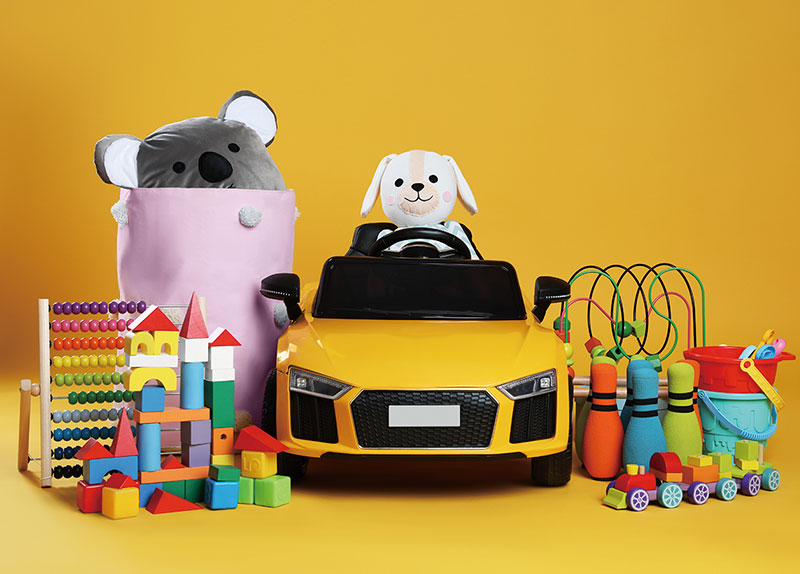 What’s This About?
What’s This About?In recent years, the conversation over gender-neutral toys has gained momentum, sparking questions about how they might impact children’s development. Some argue that toys without gender labels encourage creativity and broader skill-building, while others question whether this shift is necessary or beneficial. The debaters will now defend their stances on the issue, answering whether children will benefit from playing with gender-neutral toys.
Constructive
Pro Finn
I believe that toys should be more gender-neutral. Research has shown that gendered toys can perpetuate harmful stereotypes from an early age. Boys are often steered toward toys promoting aggression, competition, and dominance, while girls are directed into play that emphasizes nurturing, beauty, and passivity. This clear distinction in marketing and play limits children’s opportunities to explore a full range of emotions and skills, ultimately reinforcing restrictive gender roles. By making toys more neutral, we encourage children to develop interests based on personal preferences, not societal expectations. Indeed, many recent studies show that children who engage in diverse play activities tend to be more creative, empathetic, and adaptable. Gender-neutral toys create an environment where imagination and growth take center stage without the constraints of outdated gender norms.
Con Alice
I think that pushing for toys to be more gender-neutral is unnecessary and potentially harmful. Toys that cater to boys or girls exist because they reflect natural interests and preferences. Many boys gravitate toward trucks and action figures, while girls often prefer dolls and playsets. These differences are not solely socially constructed; they reflect innate biological differences in how boys and girls interact with the world. In addition, the toy market already offers a wide variety of choices for children. Parents are free to select whatever toys they deem appropriate for their kids, and children themselves often go for what interests them most. By forcing toys to be gender-neutral, we risk eliminating choice rather than fostering freedom. Kids should be able to embrace their gendered identities if that’s what they choose.
Rebuttal
Pro Finn
You mentioned that children’s preferences for gendered toys reflect biological differences, but socialization plays a more prominent role in shaping the preferences we observe in children. Marketing and societal cues direct children toward specific toys from a young age. For example, pink and pastel-coded toys for girls and blue and dark shades for boys send strong signals about what is “appropriate” for each gender. In addition, children are more flexible and curious than we often give them credit for. When given the freedom to explore a broader range of toys without labels that tell them what they “should” be playing with, many children express interests that cross traditional gender lines. By offering more gender-neutral options, we allow kids to explore their full potential without the pressure of conforming to societal expectations.
Con Alice
While I understand your concern about societal pressure, a growing body of research suggests boys and girls often have different ways of playing and learning. For instance, boys tend to engage in more physical and spatial play, while girls lean toward imaginative and social play. These differences are not problematic; they are part of children’s development. Moreover, many toy companies already produce a variety of toys that appeal to all children, regardless of gender. We’ve seen lines like LEGO catering to boys and girls. What I fear is that by pushing for more gender-neutral toys, we risk erasing the unique experiences and joys that come from gendered play. Little girls who love princesses or boys who love action figures should not feel pressured to conform to an overly neutralized world.
Judge’s Comments
Both the debaters make compelling points: Finn highlights the importance of expanding children’s opportunities beyond traditional gender roles, and Alice points out the risks of overcorrecting and losing sight of individual preferences. Ultimately, as with all social issues, balance and flexibility are key.